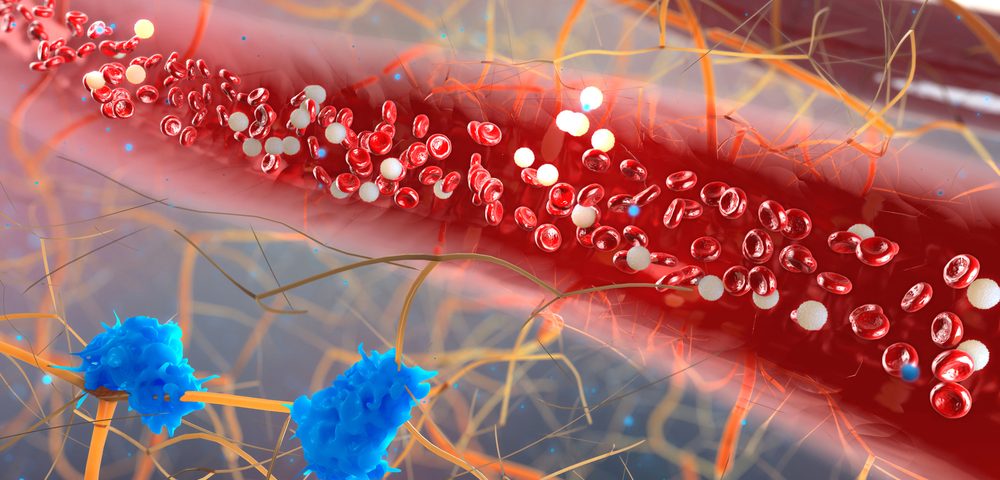A specific type of human-induced immune cell derived from patients with fibromyalgia is hyper-responsive, resulting in increased levels of a known pro-inflammatory factor thought to be linked to pain intensity, depression and anxiety, and decreased quality of life, according to a new study.
The study titled “Fibromyalgia and microglial TNF-α: Translational research using human blood induced microglia-like cells” was recently published in the journal Scientific Reports.
Previous studies have shown that patients with fibromyalgia are hyper-responsive to stimuli compared to healthy persons. Additionally, immune cells and inflammatory cytokines (specific molecules that signal to neighboring cells) are thought to be involved in the symptoms associated with the disease.
Microglial cells are specific immune cells that function in the brain. They are known to release cytokines such as tumor necrosis factor (TNF)-α and interleukin (IL)-1β. Activation of these cells is thought to be a potential underlying cause of chronic pain.
However, research in this area has been slow due to technical and ethical limitations regarding work with human microglial cells. To overcome these restrictions, a research group from Japan developed a method to create human-induced microglial-like (iMG) cells from human peripheral blood monocytes (a type of white blood cell).
After collecting the peripheral blood, the researchers apply two cytokines — IL-34 and granulocyte macrophage colony-stimulating factor (GM-CSF) — to the monocytes. Within two weeks, they have generated iMG cells, which a recent study showed have similar characteristics to primary human microglia.
In the most recent study published in the Scientific Reports, researchers generated iMG cells from 14 patients with fibromyalgia and 10 healthy individuals, and compared the activation of iMG cells between the two groups at the cellular level.
After generation of iMG cells, the team applied extracellular ATP, a neurotransmitter that is known to affect microglial cell function.
The team found that gene expression of TNF-α was significantly higher in iMG cells from patients with fibromyalgia compared to healthy patients. They also found that TNF-α levels were higher in the cell culture media where iMG cells grew, meaning that these cells are secreting TNF-α and affecting neighboring cells.
No significant differences were found with other pro-inflammatory cytokines IL-1β, IL-6, and IL-8, or with anti-inflammatory cytokine IL-10.
These findings suggest that microglial cells in fibromyalgia are hyper-responsive to ATP stimulation, resulting in increased TNF-α expression and secretion.
The researchers also show a moderately positive correlation between TNF-α expression level and subjective pain intensity, assessed by the visual analog scale (VAS). There was also a moderate positive correlation between TNF-α expression level and severity of both anxiety and depression.
A negative correlation was observed between TNF-α expression and quality of life.
These findings suggest that clinical parameters associated with fibromyalgia such as pain intensity, psychiatric symptoms (depression and anxiety), and quality of life may be regulated by levels of microglia-derived TNF-α.
Further studies are warranted to ensure that these results are specific to iMG cells and to establish a cause-effect relationship.

